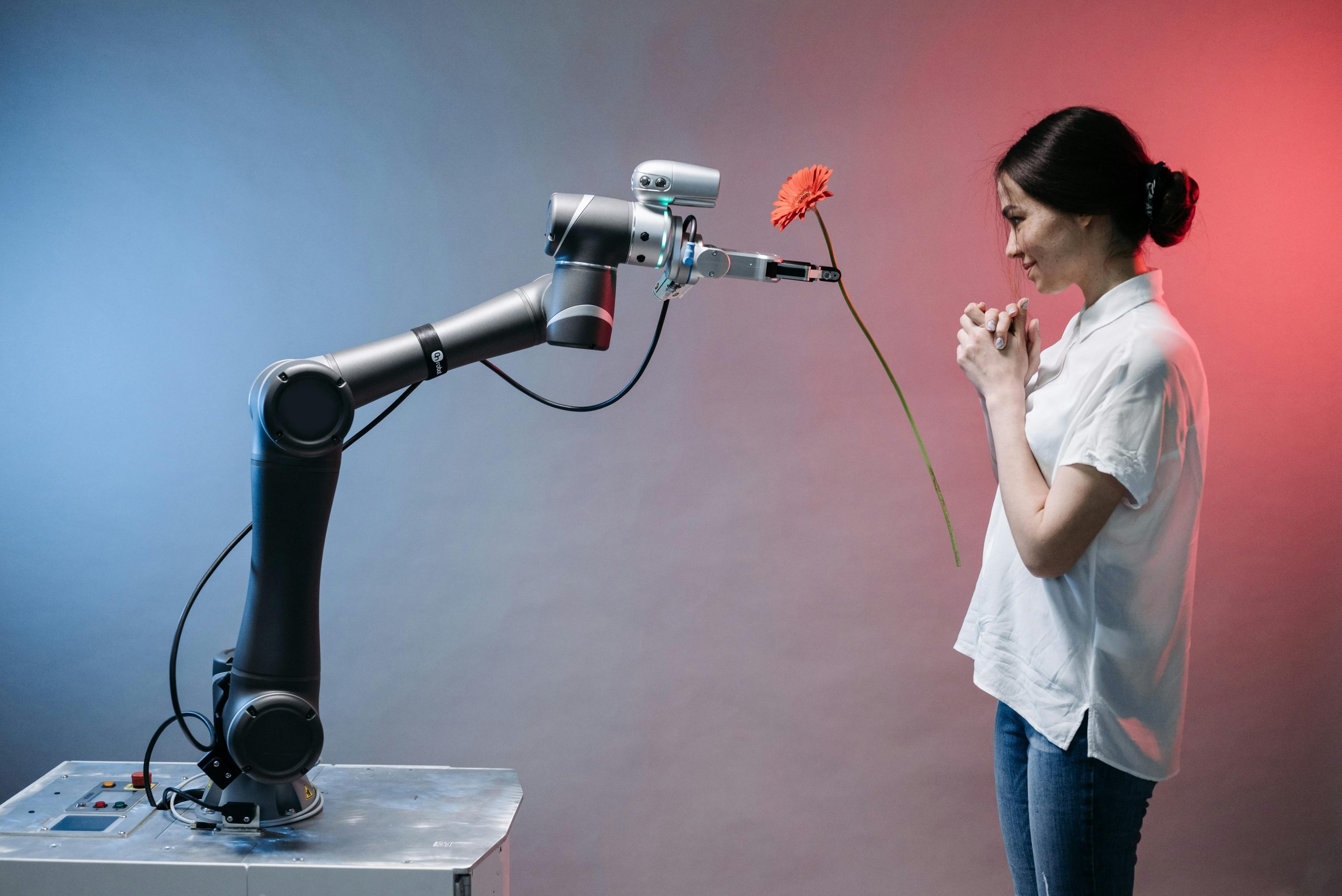Unlocking Imagination: The Future of AI Development
In a groundbreaking advancement, researchers are working on the next frontier of artificial intelligence—creating systems that can conceptualize and visualize ideas much like humans do. This innovative approach goes beyond traditional AI capabilities, enabling machines to not only input and process data but also to generate imaginative and creative responses.
The quest for machines that can “imagine” stems from the desire to enhance AI’s problem-solving abilities and creativity. Current AI systems primarily analyze existing data to produce results. However, by integrating elements of imagination, these new models aim to simulate human-like thought processes, potentially transforming fields such as art, design, and science.
As scientists delve deeper into this project, they are exploring various methodologies to instill imaginative qualities in AI, including neural networks that mimic human brain functions. This evolution of AI technology poses exciting possibilities for collaboration between human creativity and machine intelligence.
The implications of such advancements are vast. Picture an AI that can generate unique artwork, compose music, or even devise novel solutions to complex issues, all while drawing from a wellspring of imagined concepts. The intersection of technology and creativity could lead to innovations we are just beginning to grasp.
The development of AI capable of imagination marks a significant milestone in the journey towards fully autonomous systems. It invites both excitement and ethical discussions about the role of AI in our society, prompting us to consider how we will coexist and collaborate with these increasingly sophisticated machines.
As this technology continues to evolve, it opens new doors in research and application, making the future of AI seem more dynamic and creative than ever before.

